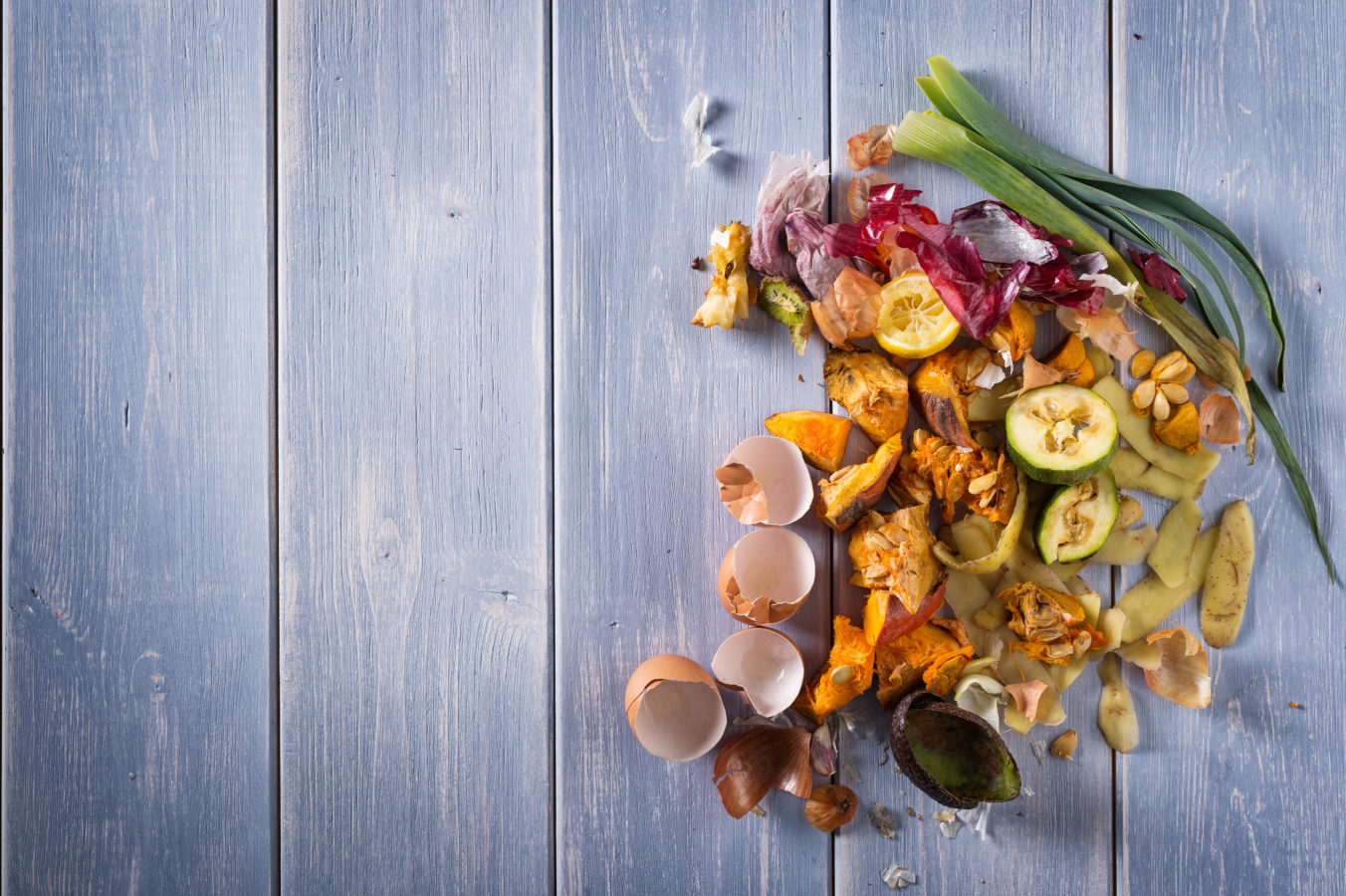Food First NL’s Wasteless Resources
The food system is composed of five stages.
Food Security hinges on harmony among, and within, all parts of this system:
This applies to the disposal stage as much as any other part of the food system, because food security is dependent on a sustainable food system.
However, many environmental issues — from deforestation to the depletion of fish stocks worldwide — are tied to food production. So it’s a shame that 1/3rd of food produced worldwide is going to waste!
We also know that food waste is a significant cause of climate change on our planet. When organic waste gets buried in landfills, it releases methane, a greenhouse gas with 21 times the global warming potential as carbon dioxide!
Luckily, much of this organic waste can be diverted from our landfills, which makes food waste reduction one relatively straightforward way to reduce our impact on the environment. It’s also a way for one person to help make a difference, and save money while they’re at it!
Download the Resources Below …
To help residents of our province spend less on groceries, by sending less of the food they buy to a landfill, Food First NL has created food waste reduction resources.
Buy Local Seasonality Chart
Buying local isn’t just good for the local economy and local food industry: it’s good for you too! When you buy local foods that are in season, you’re buying the freshest food your money can buy. Obviously, fresh food lasts longer, which lowers food loss to spoilage.
Locally produced foods also have a lower carbon footprint because they haven’t been flown, ferried, or trucked to Newfoundland & Labrador. These seasonal buy local guides will let you know what’s in season throughout the year in our province, so you can buy the freshest local ingredients for the meals you’re planning.
Weekly Meal Planner
Planning your meals and snacks for the coming week ensure that buy groceries more strategically, and use all of what you buy. This cuts down on waste, and cuts down on the amount of money you spend on food.
Start by checking what ingredients you already have in your fridge, freezer, and cupboards for inspiration, and build meals around that. Be sure to schedule leftovers into your weekly menu as ready-to-go lunches, or quick and easy suppers. Lastly, freeze leftovers right away if you don’t plan to eat them in a day or two. You can schedule them into future weekly menu plans!
Grocery Shopping List
A grocery list — especially when used to shop for a meal plan — will ensure you’re only buying as much food as you need. This will save you money and lower your household food waste, so try to stick to the list when you shop.
Post your grocery list in a high traffic area, like the front of the fridge, and add items to it throughout the week as you plan your meals, and as you use up any basic ingredients you like to have on hand.
Take a copy of the list to the grocery store to make sure you remember all of the items you need. We’ve all gotten home from the store to find we missed that one key ingredient.
Freezer Inventory
Fresh food can only last so long. Your freezer helps you store food long after you would have had to throw it out. Freezing food can help you get the most out of fresh local produce, fish, and meat while it’s in season.
Still, frozen food is best when consumed within 6 to 9 months of being frozen. Keeping your freezer organized, and tracking what you have in there at a glance will help you cut down on food waste. It’s good practice to place newer frozen foods towards the back, and bring the older items to the front or top, so that they’re easier to remember, access, and use up. Also, keep in mind that an overstuffed freezer can prevent proper air circulation and temperature control, leading to needless spoilage.
Click Here to Return to our Wasteless Page and read more about food waste.







